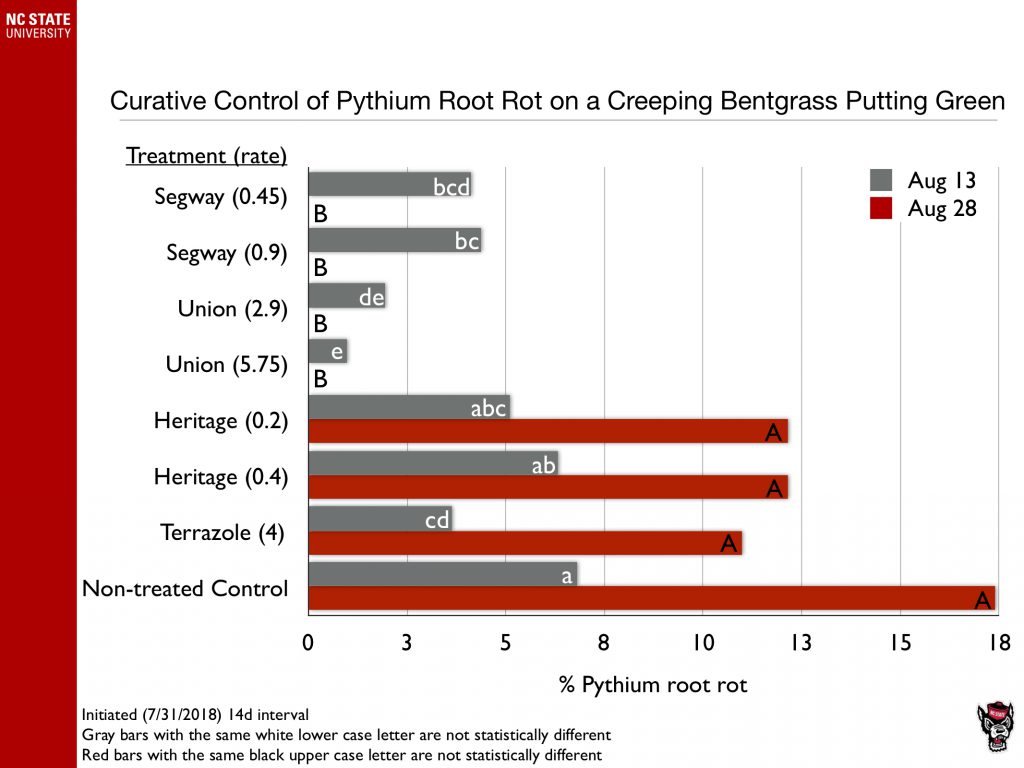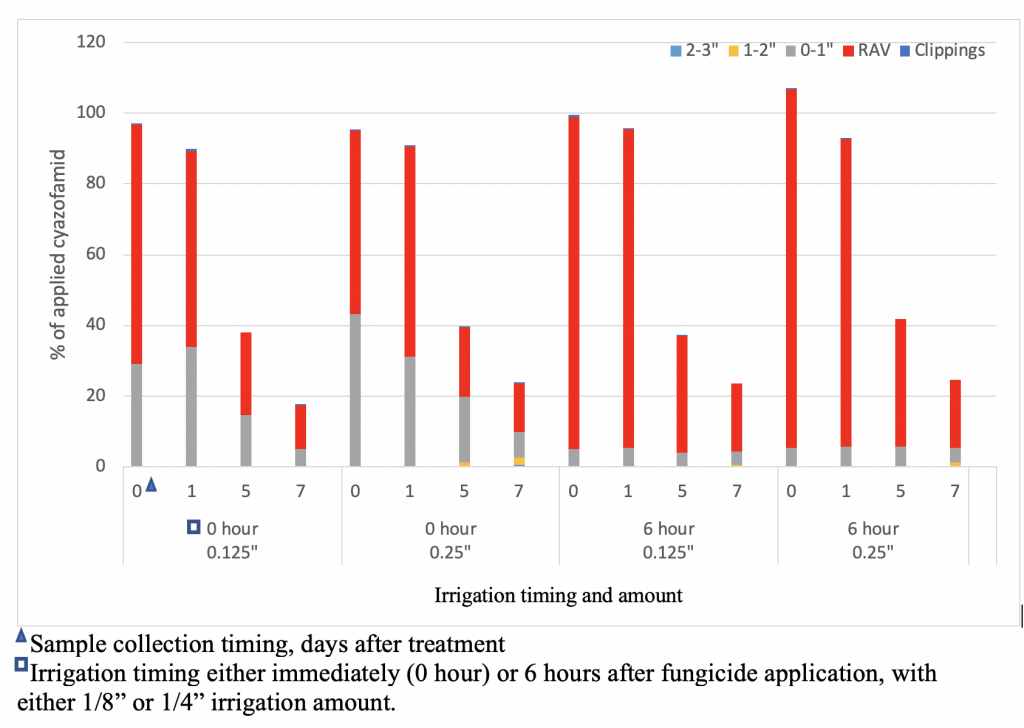Is Root Rot on Your Radar?
go.ncsu.edu/readext?604125
en Español / em Português
El inglés es el idioma de control de esta página. En la medida en que haya algún conflicto entre la traducción al inglés y la traducción, el inglés prevalece.
Al hacer clic en el enlace de traducción se activa un servicio de traducción gratuito para convertir la página al español. Al igual que con cualquier traducción por Internet, la conversión no es sensible al contexto y puede que no traduzca el texto en su significado original. NC State Extension no garantiza la exactitud del texto traducido. Por favor, tenga en cuenta que algunas aplicaciones y/o servicios pueden no funcionar como se espera cuando se traducen.
Português
Inglês é o idioma de controle desta página. Na medida que haja algum conflito entre o texto original em Inglês e a tradução, o Inglês prevalece.
Ao clicar no link de tradução, um serviço gratuito de tradução será ativado para converter a página para o Português. Como em qualquer tradução pela internet, a conversão não é sensivel ao contexto e pode não ocorrer a tradução para o significado orginal. O serviço de Extensão da Carolina do Norte (NC State Extension) não garante a exatidão do texto traduzido. Por favor, observe que algumas funções ou serviços podem não funcionar como esperado após a tradução.
English
English is the controlling language of this page. To the extent there is any conflict between the English text and the translation, English controls.
Clicking on the translation link activates a free translation service to convert the page to Spanish. As with any Internet translation, the conversion is not context-sensitive and may not translate the text to its original meaning. NC State Extension does not guarantee the accuracy of the translated text. Please note that some applications and/or services may not function as expected when translated.
Collapse ▲– By Daniel Freund, M.S. student
For those who manage golf course putting greens, Pythium root rot should be on your radar as this disease favors prolonged wet conditions. The causal agents of Pythium root rot are classified as oomycetes that can move and reproduce in the presence of water. Symptomology consists of irregular patterns of orange and yellow hues. Root density and depth is greatly reduced in affected areas, hence the name root rot. Individual plants appear dark and greasy on the crowns, roots, rhizomes and/or stolons. Disease will often be most severe in areas with poor drainage or accumulation of thatch and organic matter. Therefore, it is vital to regularly implement cultural practices such as aerification, vertical mowing, as well as topdressing. Regarding chemical management of Pythium root rot, it is important to time fungicide applications in a preventative manner. When weather forecasts are predicting consecutive days of rainfall, fire up the sprayer and apply appropriate fungicides before the rain. May 15th is a great date to target your first preventative fungicide application. Segway (cyazofamid) is an extremely efficacious product for managing Pythium root rot. Applications at the low rate (0.45 fl oz/1000ft2) over 14-21 day intervals proved as effective as applying the high rate (0.9 fl oz/1000ft2).

Pythium root rot developed naturally in July. Disease severity was greatest in the non-treated controls on 28 Aug reaching 18%. Only Segway and Union treatments suppressed Pythium root rot curatively when compared to the non-treated control.
Keep in mind that the annual maximum application amount for Segway cannot be greater than 2.7 fl oz/1000ft2. A new product coming to market this year is Union by PBI Gordon. It is a combination of cyazofamid and azoxystrobin. This fungicide has proven efficacious in field trials and was developed to manage Pythium diseases as well as brown patch, summer patch, and other turf diseases.
In order to get the most out of your fungicide, it is crucial to deliver the active ingredient to the target site in the first few inches of soil where the pathogen can be found. This can be a challenge in turfgrass systems due to the dense foliar canopy and thatch layer. A single application of Segway was applied independently to research plots on a creeping bentgrass putting green. Plots received an irrigation amount of either (1/8”) or (1/4”) applied either immediately (0h) or 6 hours (6h) after the fungicide application. Cup cutter cores were harvested at 0, 1, 5 and 7 days after fungicide treatment and were sectioned into remaining above ground vegetation (RAV; verdure/thatch), 0-1”, 1-2”, and 2-3” subsections. Core subsections were subjected to residue analysis using high-performance liquid chromatography and data was presented as a percent of applied.
Irrigation applied immediately significantly enhanced cyazofamid movement through the RAV down into the 0-1” region at 0 and 1 days after treatment. Although not statistically significant, irrigating with 1/4” resulted in greater cyazofamid at deeper depths when compared to 1/8” post application irrigation. When applying fungicides targeting root diseases, it is important for practitioners to immediately water-in their chemical application before the fungicide has time to dry and bind onto plant canopy surfaces.
– This post was written by Daniel Freund, an M.S. student advised by Dr. Travis Gannon and Dr. Jim Kerns.




